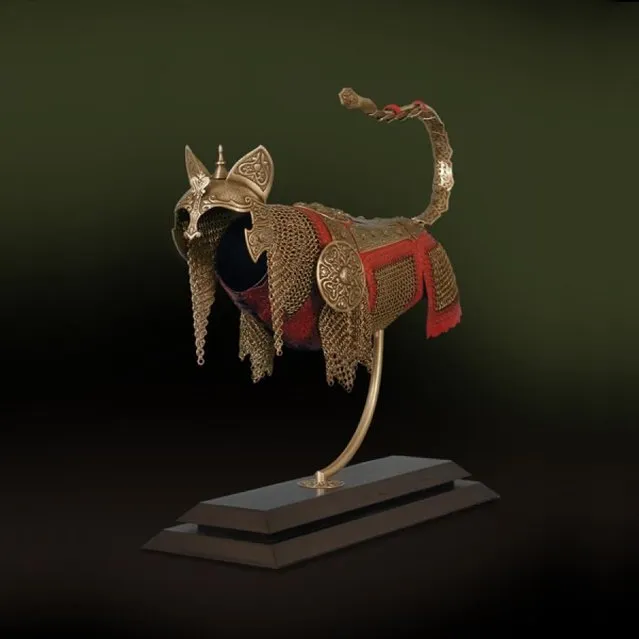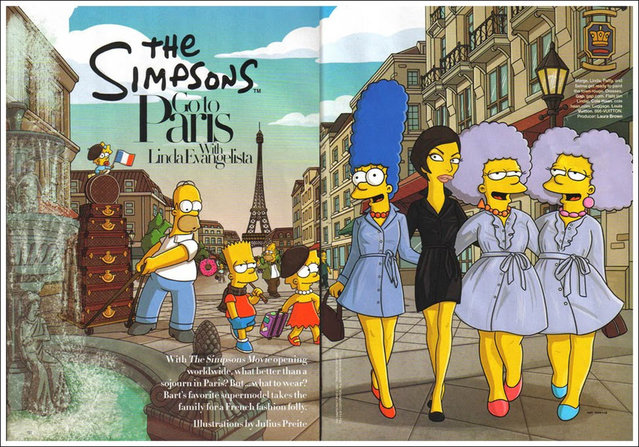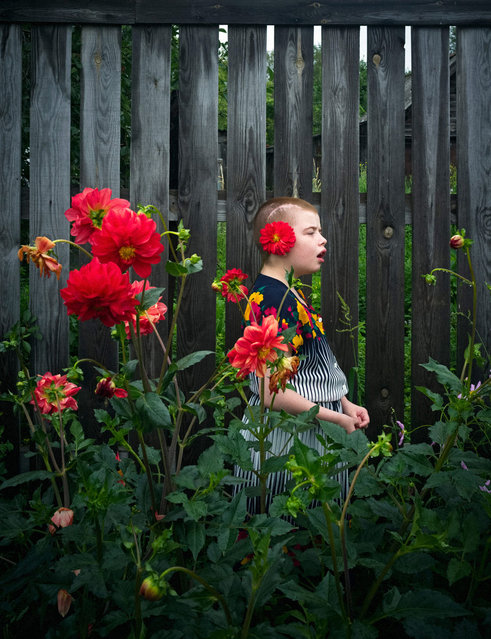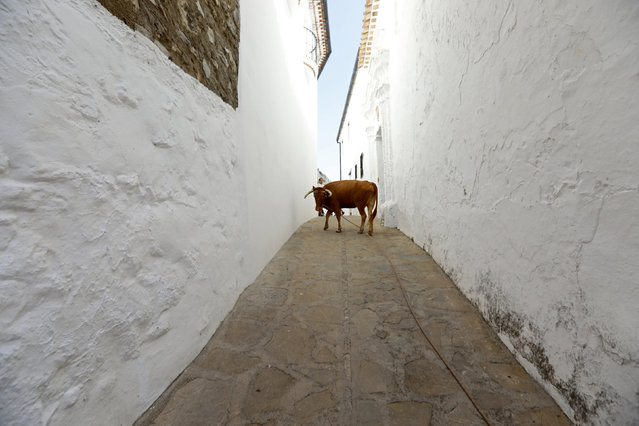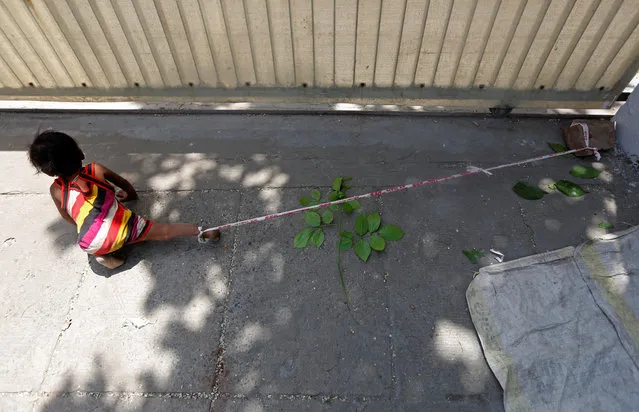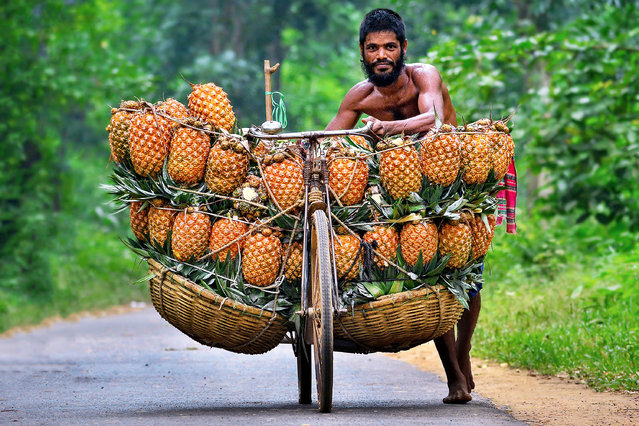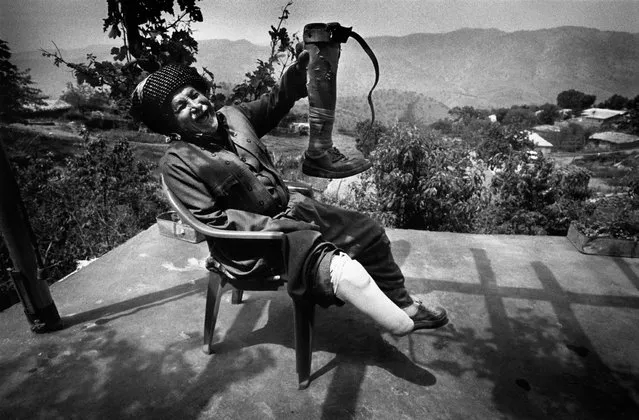
Members of the Moranbong Band from North Korea wait inside the lobby of a hotel in central Beijing, China, December 11, 2015. North Korea's premier pop group, the all-girl Moranbong band formed by leader Kim Jong-Un, is electrifying audiences in China in shows aimed at harmonising out-of-tune ties between the traditional allies, reports and the venue said on December 9 – but tickets are not available to the public. (Photo by Reuters/Stringer)
13 Dec 2015 08:04:00,post received
0 comments

